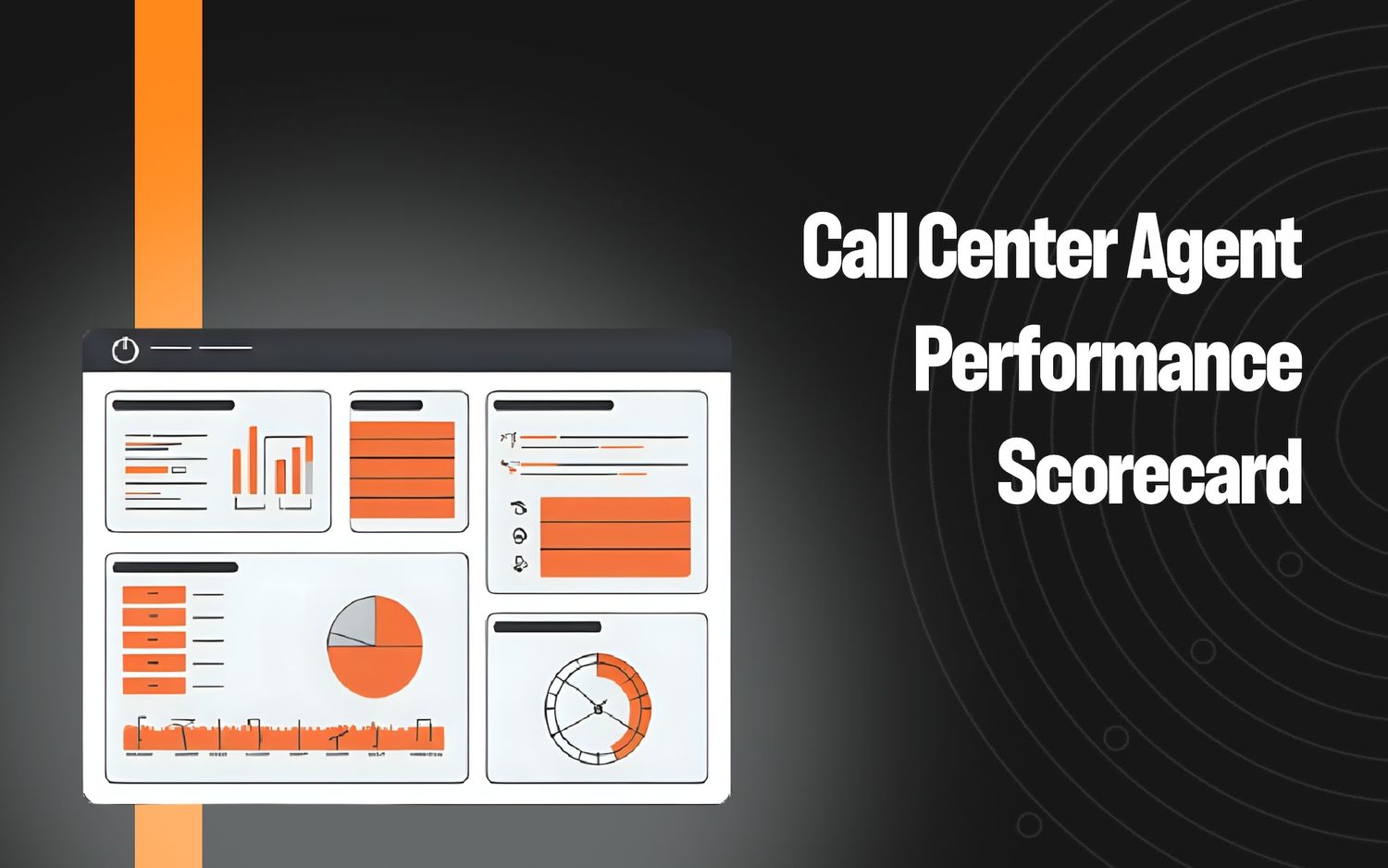Turnaround Time: How to Turn Your Customer Dissatisfaction Score Into Positive Business


Contact center managers tend to pay close attention to customer satisfaction (CSAT) scores. Of course, it’s important to know what works and how well. However, we need to remember that it’s just as important to understand what’s not working for your customer support.
That’s where the dissatisfaction score (DSAT) score comes in. Call centers can use DSAT analysis to learn why customers are unhappy and optimize the customer experience.
Let’s take a closer look at what a DSAT score is, how to use it to gain real insights, and how to apply it to your customer support.
What Is a Dissatisfaction Score (DSAT)?
A DSAT score analyzes specific data points to determine how dissatisfied a customer is with an experience. Contact centers can then tag dissatisfaction tickets and categorize them into different groups.
Similar to CSAT scores, organizations typically score DSAT on a Likert scale. This involves asking a question such as “On a scale of 1-5, how satisfied are you with the support you received today?” Any response of a 1 or 2 would be tagged as DSAT for further analysis.
Of course, “dissatisfaction” is vague and doesn’t give too much context to the level or type of dissatisfaction. Quality assurance teams should group DSAT tickets into one of three dissatisfaction categories:
- Dissatisfaction with customer support. This includes complaints about agent inefficiency, lack of product knowledge, and escalation procedures.
- Dissatisfaction with the product or service. This refers to issues that stem from a product defect, bug, or broken part.
- Dissatisfaction with company policies. These often return policies, hours of operation, or methods of communication.
5 Ways to Use DSAT to Improve Customer Support
Collecting, categorizing, and analyzing DSAT data helps contact center managers make improvements within their team and company-wide.
1. Conduct quality assurance auditing
DSAT alone can tell you if a customer is unhappy, sometimes with extra information if there is a comment box. But DSAT in the context of a quality assurance audit can tell you why a customer is unhappy. That’s the real information needed to make informed changes.
The DSAT score tells QA managers where to dig deeper for more dissatisfaction data. The quality assurance audit analyzes that information to get to the root cause.
Contact center managers know they can’t just put a bandaid on customer problems. Root cause analysis by way of QA auditing is essential to truly improve the customer experience from the source. Knowing the root of the problem empowers managers to make systemic changes that eliminate sources of customer dissatisfaction.
2. Improve future customer interactions
By knowing why customers are dissatisfied, QA teams can vastly improve customer interactions.
For example, you may learn that customers become unhappy after waiting for 10 minutes. With this knowledge, the team can work together to keep wait times below 10 minutes and increase customer satisfaction.
“In the past, we used survey info and married it with process info, so we could tell if a process was over-indexed with poor customer feedback. Now, technology can capture every single customer recommendation during interactions.”nn— C-A De Magistris, VP of Operations, Lifeworks
3. Improve agent training
With new customer insights, you can adjust your training processes to account for factors that contribute to customer dissatisfaction.
For example, there may be one element of the agent script that customers have a negative response to. With this information, contact center managers can rework the script and train agents to address that piece in a more positive way.
Agents and contact center managers can also track DSAT data alongside the agent performance scorecard. The agent performance scorecard measures compliance with the company’s standards, including:
- Agent performance
- Customer feedback
- Communication preferences
- Script adherence
DSAT data alongside the agent performance scorecard provides the necessary context to customer interactions. Then, you can determine whether customers are dissatisfied with the agents or the policies — and make decisions from there.
4. Expand your contact center’s internal knowledge base
Understanding the most common pain points can help expand and improve your internal knowledge base (IKB).
If you know one common issue, as well as the company’s standard policy about that issue, all that information should be accessible in the IKB.
The more helpful data is available at your fingertips, the easier it is to keep AHT down with quick answers to anticipated questions.
Level AI allows contact centers to pull data from multiple IKBs to assist customer support agents in real-time.
5. Recommend company-wide improvements
Everyone wants discounts and compensation for issues, and many brands can’t or choose not to afford those policies. However, if your DSAT scores are showing consistent customer issues with company procedures, it’s time to examine them.
Collect and analyze DSAT data on overall customer dissatisfaction toward a policy. Then, contact center managers can recommend strategic policy changes to increase customer satisfaction.
Benefits of AI for Improving DSAT Scores
Collecting DSAT data is crucial to rounding out the picture of customer experience. But it can be challenging to do so in a thorough, integrated way without the right tools in place.
Tracking DSAT, CSAT, and more, contact centers are using AI-powered insights to understand agent and customer behavior. With all the data in one place, you can forecast trends and develop performance improvement programs for agents.
AI-powered DSAT analysis helps contact centers to:
- Identify conversations that matter throughsemantic intelligence and natural language understanding (NLP)
- Automatically grade agent performance, rather than contact center managers evaluating performance manually
- Analyze and track progress through a unified, centralized interface
To learn more about the impacts of DSAT for contact centers, request a demo with the experts at Level AI today.
Keep reading
View all





